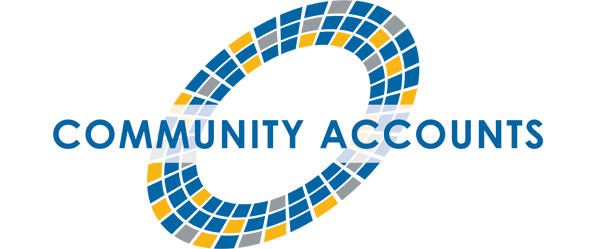Ontario: Census 2001: Highest Level of Schooling
- Change Age Group
15 and over
15 to 19
15 to 24
20 to 24
25 to 29
25 to 44
30 to 34
35 to 39
40 to 44
45 to 54
45 to 64
55 to 64
65 and over
| Male | Female | Total | |
| Total Highest Level of Schooling | 4,382,150 | 4,665,890 | 9,048,040 |
| No certificate, diploma or degree (Without High School Certificate) | 1,295,130 | 1,388,210 | 2,683,340 |
| With high school certificate only | 582,805 | 721,160 | 1,303,960 |
| Apprenticeship or trades certificate or diploma | 548,165 | 299,950 | 848,115 |
| College, CEGEP or other non-university certificate or diploma | 577,960 | 843,115 | 1,421,075 |
| University certificate, diploma or degree below bachelor level | 83,450 | 104,745 | 188,200 |
| Bachelor's degree only | 516,135 | 536,265 | 1,052,400 |
| University certificate or degree above bachelor's degree | 84,850 | 103,215 | 188,065 |
| Master's degree | 164,585 | 126,150 | 290,735 |
| Earned doctorate | 41,080 | 15,050 | 56,135 |
Figures may not add to total due to random rounding.
Copyright: Newfoundland & Labrador Statistics Agency
Government of Newfoundland and Labrador
Data last updated on June 13, 2017

 providing INFORMATION
providing INFORMATION 